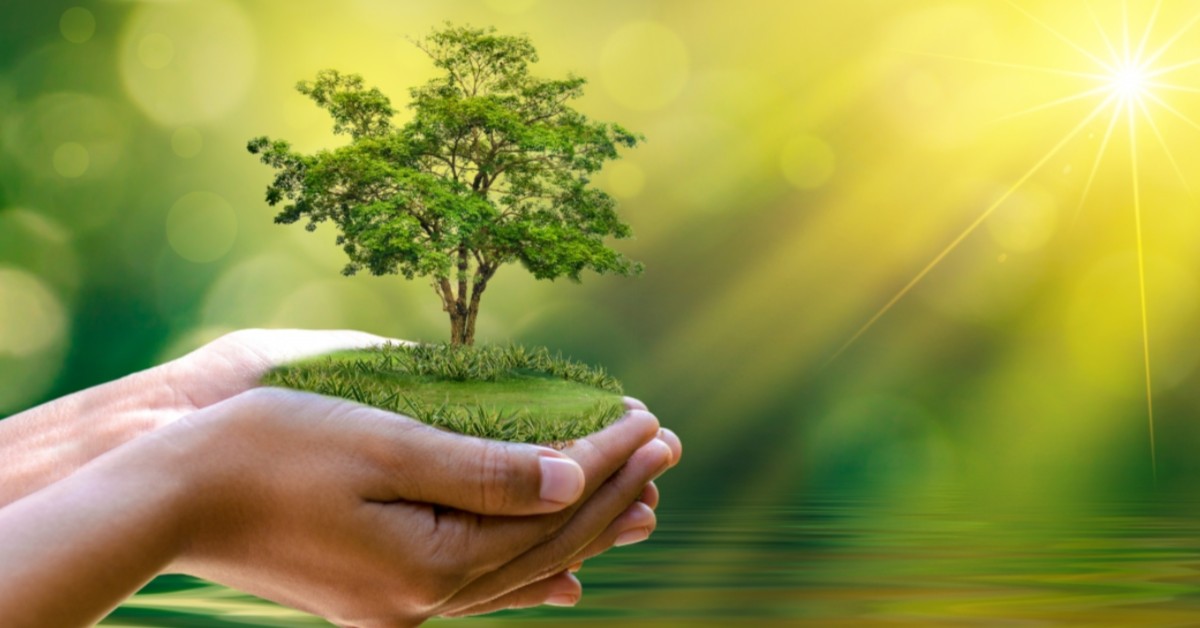The Basics of Tree Care

Tree Care is the ongoing process of maintaining the health and beauty of trees on a property. It includes proper planting, pruning and trimming to keep trees in balance with the surrounding landscape. It also encompasses watering, mulching and fertilization. Regular inspections can spot problems before they become more serious and costly. An ISA Certified Arborist can identify the condition of a tree and recommend treatment options to prevent damage or death.
Trunk
Inspect for wounds and cracks, missing bark and signs of fungus or decay. Look for branches that rub together or are growing around one another. Branches that are dying or appear to be rotting should be removed. A good rule of thumb is to prune no more than about 25% of a tree’s foliage in any given year.
Cavities
Insects and other animals can cause serious damage to a tree by feeding on the bark. Field mice (voles), rabbits and squirrels are particularly problematic in the winter when food supplies are low. These pests can be deterred by a fence or by using a rodent guard on the trunk.
Strangling (girdling) can be caused by tangled or twisted roots, wire, garden hoses and plastic ties. This can cut off the flow of nutrients and moisture to a tree, possibly causing it to die. It is important to check the base of every tree for such obstructions and to remove them promptly.
Roots
Dig into the soil to a depth of several inches to see if there is enough oxygen for the roots. If the soil is too compacted, it may not be able to support the roots adequately and this can lead to root rot or death. It is often a problem in newly planted trees. Compacted soil can also be corrected by deep watering and mulching to encourage surface root growth.
Watering
Over-watering can be as harmful to a tree as under-watering. This can happen when the roots are not able to take up enough oxygen from the soil, or if the soil is too compacted. To correct this, deep watering — at least once per week and to a depth of 12 to 18 inches–should be done in concentric rings starting three feet from the trunk and continuing outward to the drip line.
Fertilization
The application of fertilizer promotes healthy tree growth and can help repair damage caused by environmental stress or insect infestation. It can also be used to replace nutrients lost by over-watering or heavy rains. This is a service offered by many professional tree services.
Article Source : petestreeworxwa2.wordpress....